Table of Contents
Introduction to Cardamom
Cardamom, often called the "Queen of Spices," has a rich history and an unmistakable flavor that sets it apart from other spices. This aromatic gem comes in two main varieties: green cardamom (Elettaria cardamomum) and black cardamom (Amomum subulatum). While both are used in cooking, green cardamom is more common and prized for its sweet, floral notes, while black cardamom offers a smokier, more intense flavor.
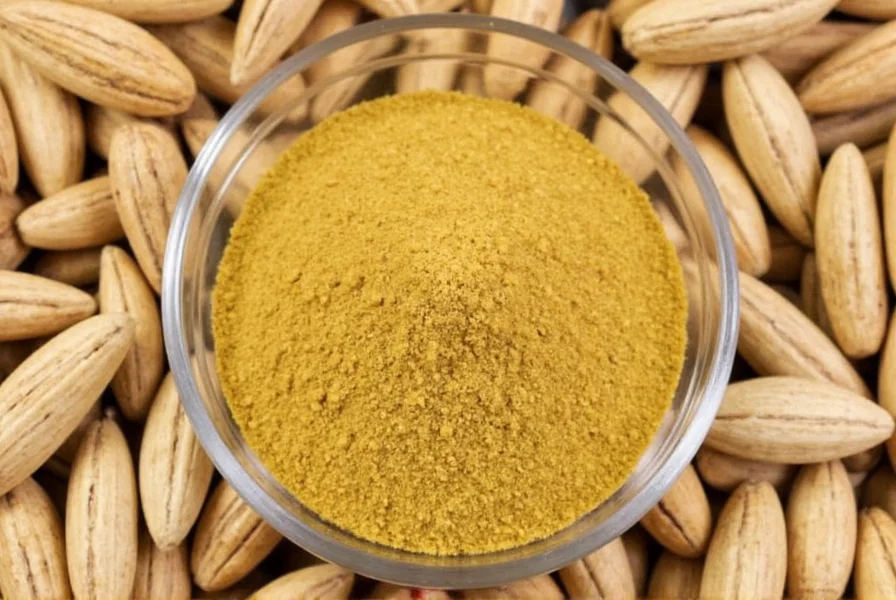
Native to the tropical forests of South Asia, cardamom has been used for centuries in traditional medicine, culinary arts, and even as a natural breath freshener. It's no wonder that this spice has found its way into kitchens across the world, from Indian curries to Scandinavian pastries.
Understanding the Flavor Profile
One of the most fascinating aspects of cardamom is its complex flavor profile. When you bite into a cardamom pod or inhale its aroma, you're greeted with a mix of citrusy, minty, and slightly sweet notes. It's like a burst of freshness wrapped in warmth, making it incredibly versatile in both sweet and savory dishes.
| Feature | Green Cardamom | Black Cardamom |
|---|---|---|
| Flavor | Sweet, floral, citrusy | Smoky, earthy, pungent |
| Color | Greenish-white | Dark brown |
| Usage | Cooking, baking, beverages | Stews, meats, curries |
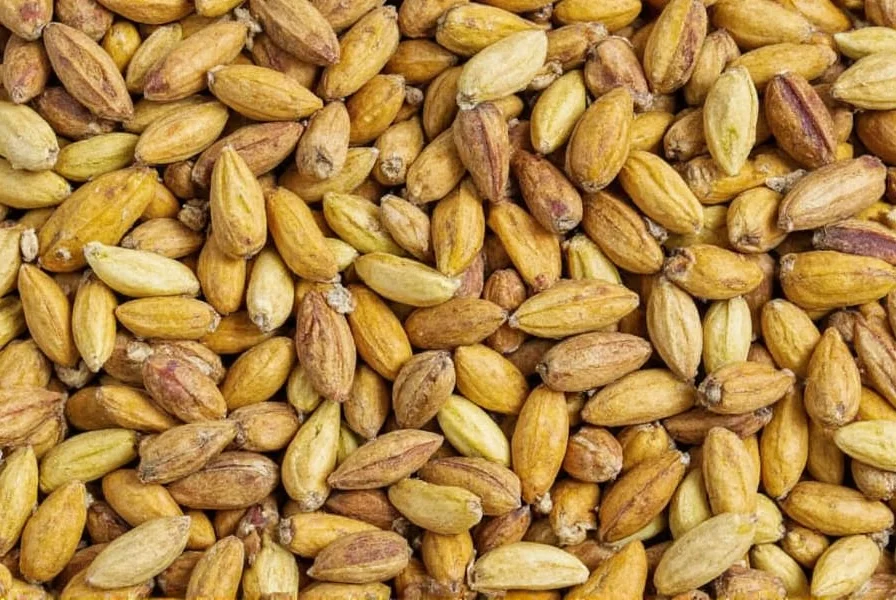
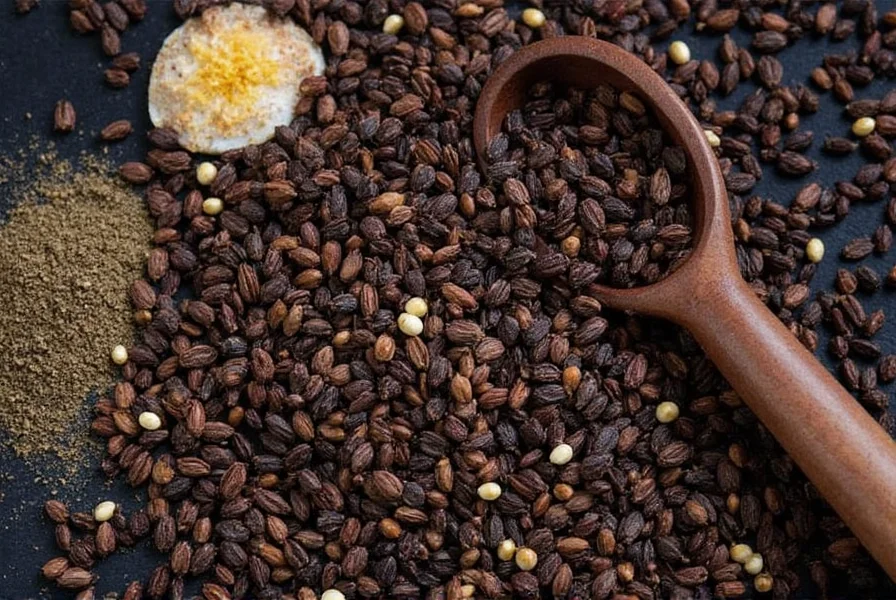
What Is Cardamom Spice Good For?
Cardamom is a versatile spice with numerous culinary and wellness applications. Here's what cardamom spice is good for:
1. Enhances Flavor in Dishes
Cardamom adds depth and complexity to both sweet and savory recipes. It's a staple in many cuisines around the world. In India, it's used in garam masala and chai tea. In Middle Eastern and Mediterranean cooking, it's often paired with cinnamon and cloves. In Scandinavian countries, it's a key ingredient in baked goods like cardamom buns and cakes.
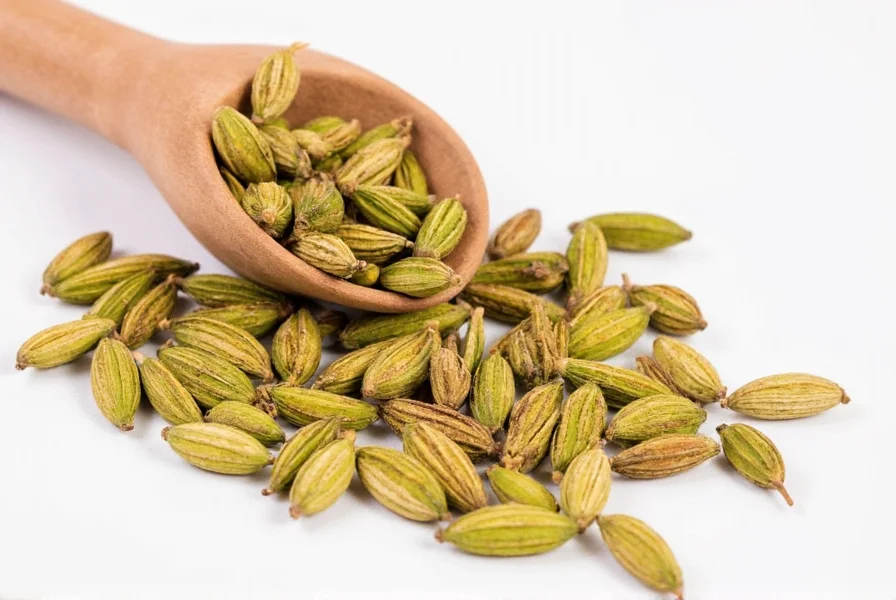
2. Used in Beverages
Cardamom is a popular addition to teas and coffee. In India, it's commonly used to make cardamom tea, which is not only delicious but also believed to aid digestion. In the Middle East, it's often used in Arabic coffee, giving it a unique, aromatic twist.
3. Adds Depth to Desserts
Cardamom is a favorite in desserts such as baklava, kheer, and various types of cookies and pastries. Its subtle sweetness pairs beautifully with nuts, cream, and fruits. If you've ever had a cardamom-infused cake, you know just how magical it can be.
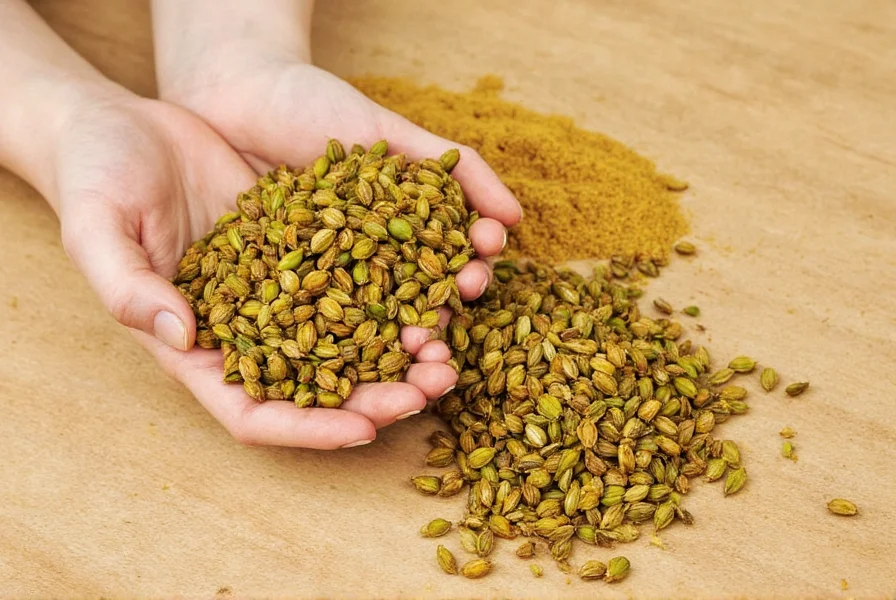
4. Offers Health Benefits
Beyond its culinary uses, cardamom may offer several health benefits. Studies suggest it may help with digestion, reduce inflammation, and even have antimicrobial properties. It's also traditionally used as a natural breath freshener.
5. Natural Breath Freshener
Chewing on a few cardamom pods after meals can help eliminate bad breath and leave your mouth feeling clean and refreshed. This traditional use has been documented in Ayurvedic medicine for centuries.
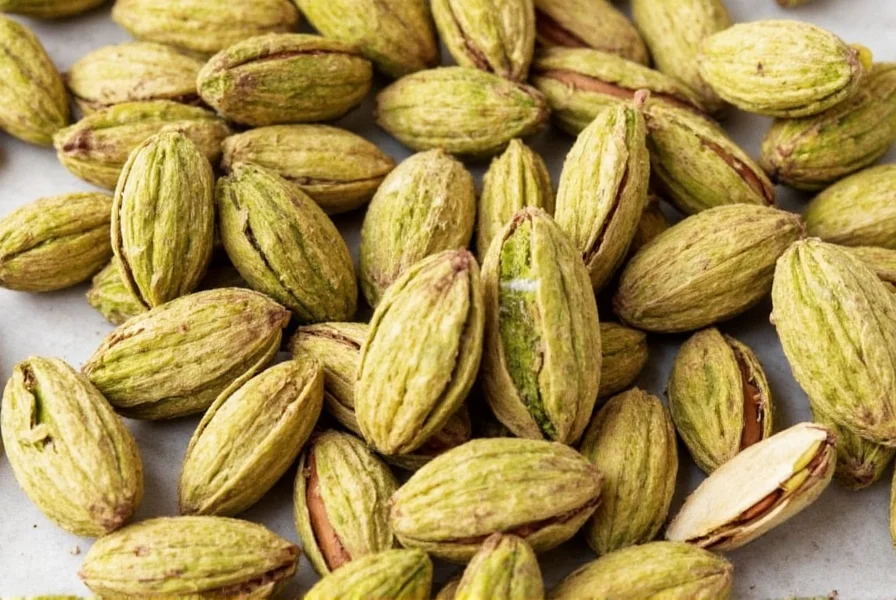
Buying Guide: How to Choose the Best Cardamom
If you're looking to incorporate cardamom into your cooking, choosing the right product is essential. Here's a guide to help you find the best cardamom for your needs:
1. Green Cardamom
- Features: Small, green pods with a sweet, floral scent.
- Best For: Cooking, baking, and beverages.
- Use Cases: Adding flavor to curries, teas, and desserts.
- Target Audience: Home cooks, professional chefs, and dessert lovers.
- Suitable Occasions: Everyday cooking, holiday baking, and special events.
2. Black Cardamom
- Features: Larger, darker pods with a smoky, earthy aroma.
- Best For: Stews, meats, and hearty dishes.
- Use Cases: Infusing soups, stews, and grilled meats with depth.
- Target Audience: Those who enjoy bold, smoky flavors.
- Suitable Occasions: Comfort food nights, winter meals, and slow-cooked dishes.
3. Ground Cardamom
- Features: Powdered form of cardamom, convenient for quick use.
- Best For: Baking, mixing into sauces, and seasoning dishes.
- Use Cases: Adding instant flavor to cakes, cookies, and marinades.
- Target Audience: Busy home cooks and bakers.
- Suitable Occasions: Quick meals, last-minute baking, and everyday cooking.
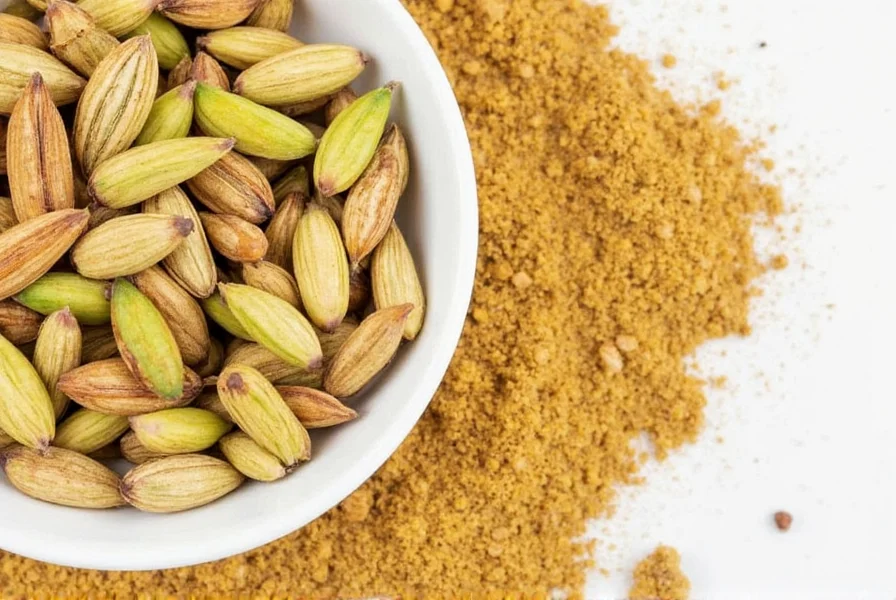
Practical Tips for Using Cardamom
Whether you're a seasoned cook or just starting out, here are some practical tips to help you make the most of cardamom:
- Crush the Pods: To release the full flavor, gently crush the cardamom pods before using them in recipes. This helps infuse the oil and aromatics into your dish.
- Use Sparingly: Cardamom is potent, so a little goes a long way. Start with a small amount and adjust to taste.
- Add Early: For maximum flavor, add cardamom early in the cooking process, especially when making stews or soups.
- Pair Wisely: Cardamom pairs well with cinnamon, cloves, nutmeg, and citrus zest. Experiment with combinations to find your perfect flavor profile.
- Store Properly: Keep cardamom in an airtight container away from heat and light to preserve its potency and aroma.
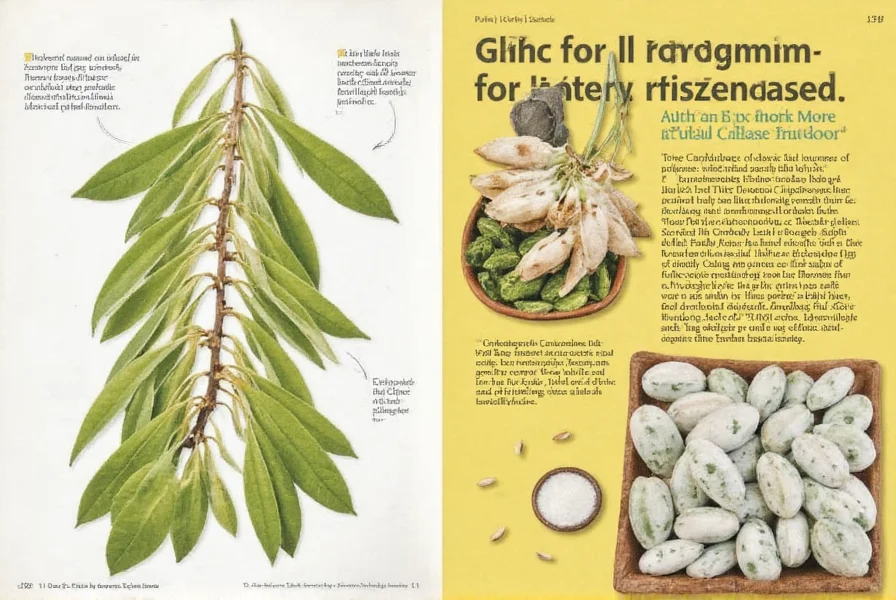
Frequently Asked Questions About Cardamom
What is cardamom spice good for in cooking?
Cardamom is incredibly versatile in cooking. It enhances both sweet and savory dishes, adding a unique citrusy, floral note. It's essential in Indian curries and chai, Middle Eastern rice dishes, Scandinavian baked goods, and even modern fusion cuisine. It works well with meats, vegetables, fruits, and dairy products.
What health benefits does cardamom offer?
Cardamom may offer several health benefits including aiding digestion, reducing inflammation, and having antimicrobial properties. It's also been traditionally used as a natural breath freshener. Some studies suggest potential cardiovascular benefits, though more research is needed to confirm these effects.
How can I use cardamom in beverages?
Cardamom is excellent in both tea and coffee. For tea, add 2-3 crushed pods to your black tea while brewing. For coffee, add a pinch of ground cardamom to your coffee grounds before brewing, or include a whole pod in the coffee pot. It's traditionally used in Indian chai and Middle Eastern coffee preparations.
What's the difference between green and black cardamom?
Green cardamom has a sweet, floral, citrusy flavor and is used in both sweet and savory dishes. Black cardamom is larger, smokier, and more intense, typically used in savory dishes like stews and meat preparations. Green cardamom is more versatile for everyday cooking, while black cardamom is used more selectively for specific flavor profiles.
How should I store cardamom to keep it fresh?
Store cardamom pods in an airtight container away from heat, light, and moisture. Whole pods retain their flavor longer than ground cardamom - up to a year compared to 6 months for ground. For maximum freshness, buy whole pods and grind them as needed. Freezing cardamom can also extend its shelf life.
Can cardamom help with digestion?
Yes, cardamom has been traditionally used to aid digestion. It may help relieve gas, bloating, and stomach cramps. Many cultures serve cardamom after meals specifically for its digestive benefits. The essential oils in cardamom can stimulate the production of digestive enzymes and help move food through the digestive tract.
Conclusion
Cardamom is much more than just a spice—it's a flavor enhancer, a cultural symbol, and a potential health booster. Whether you're baking a cake, brewing a cup of tea, or simmering a stew, cardamom has something to offer. Its unique flavor profile and versatility make it an essential ingredient in kitchens worldwide.
Next time you see cardamom on the shelf, don't pass it by. It might just be the secret ingredient your dish is missing. Happy cooking!
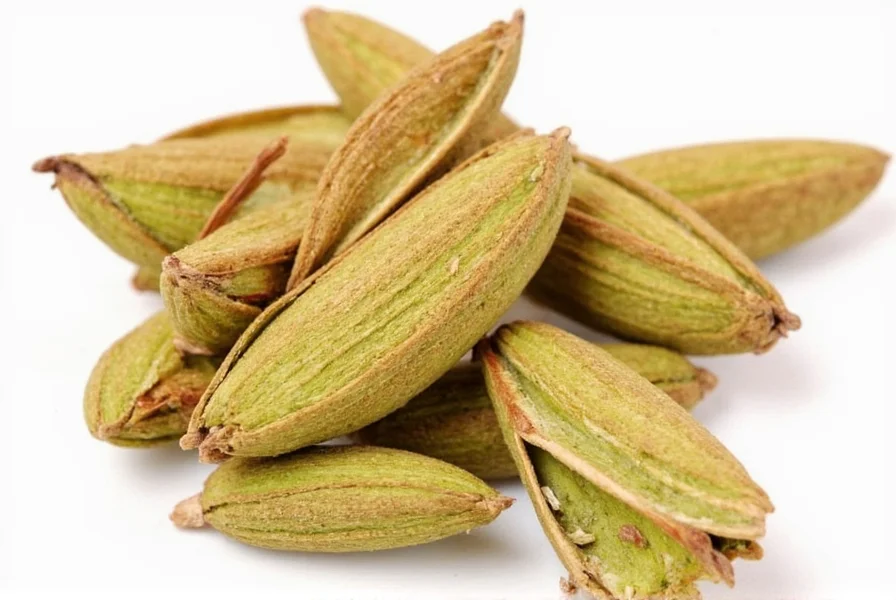
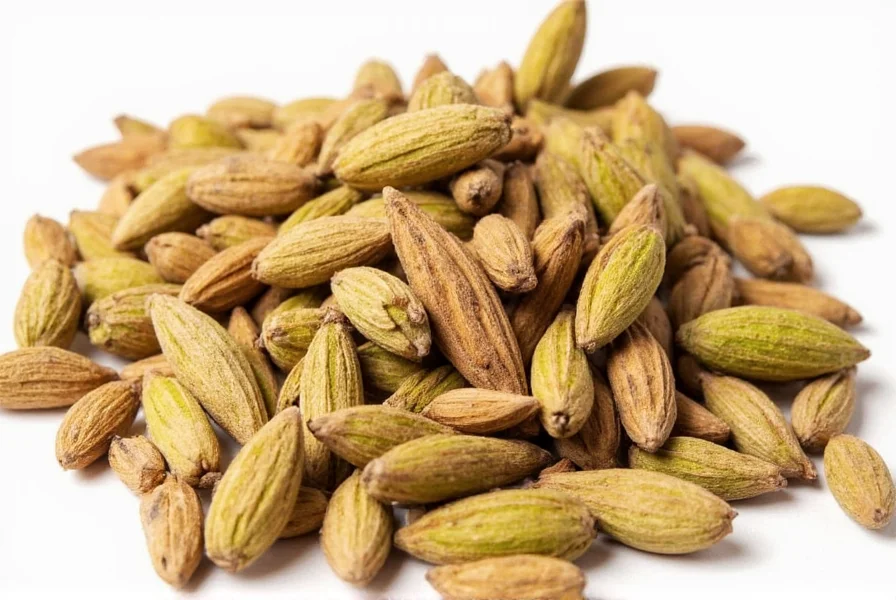
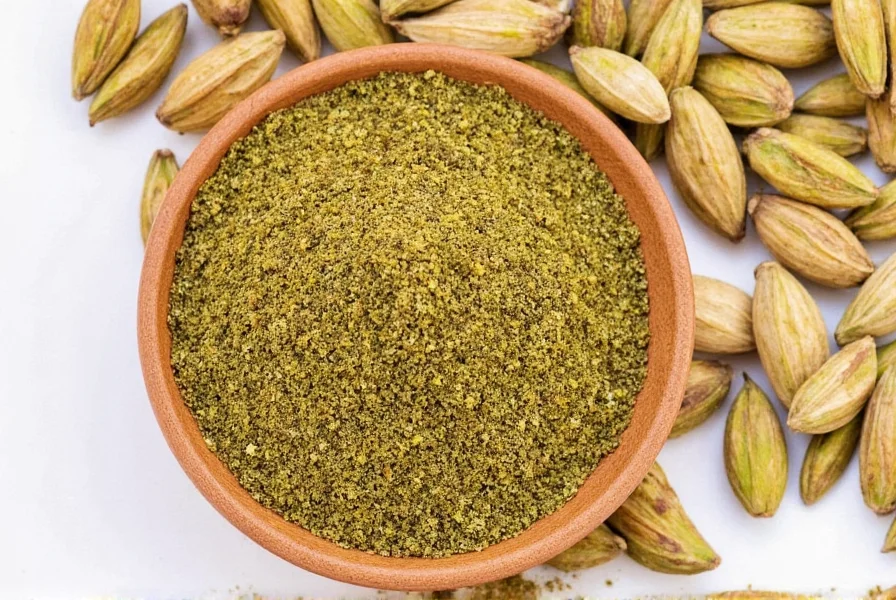
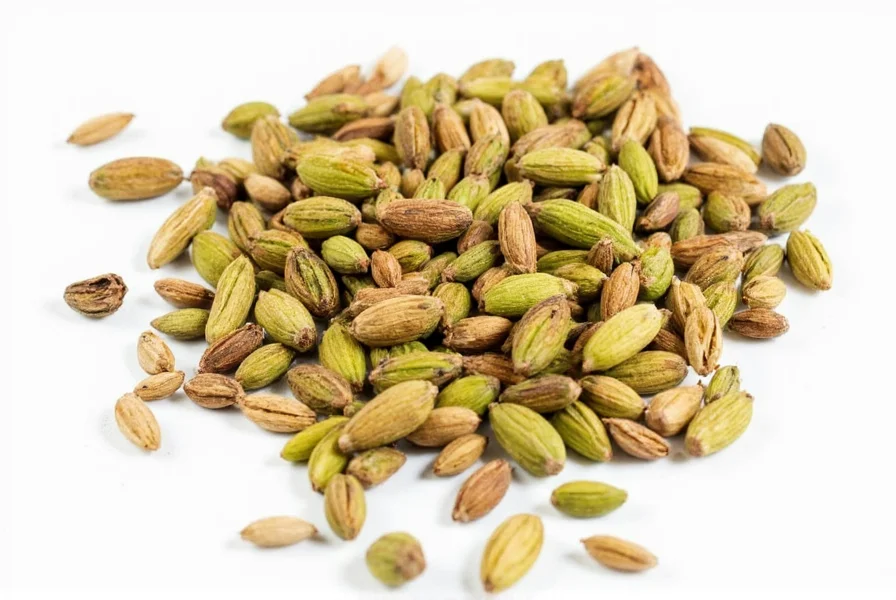
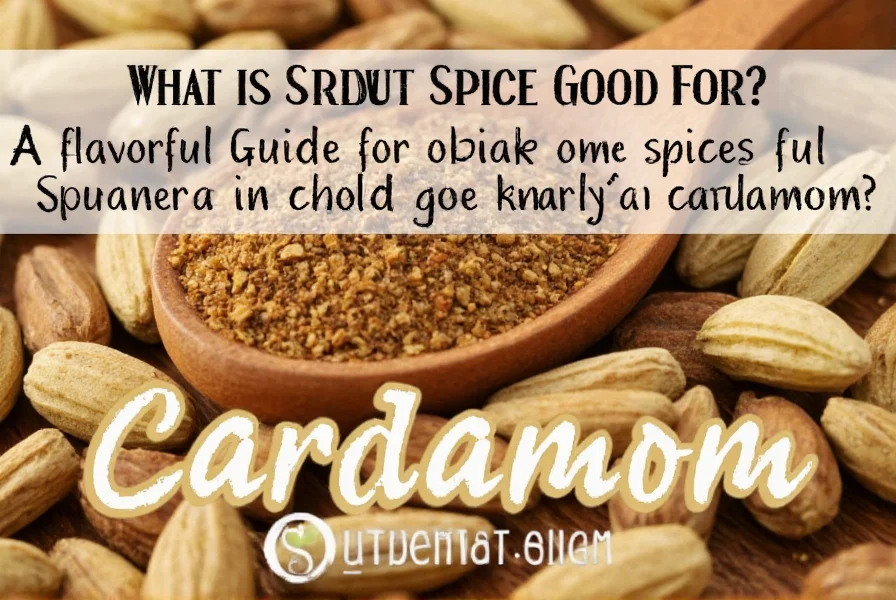

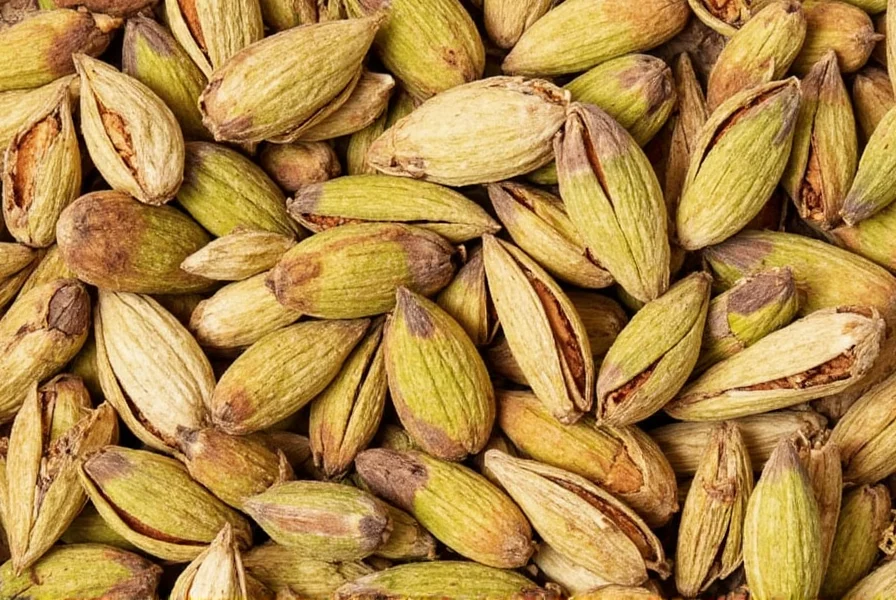









 浙公网安备
33010002000092号
浙公网安备
33010002000092号 浙B2-20120091-4
浙B2-20120091-4